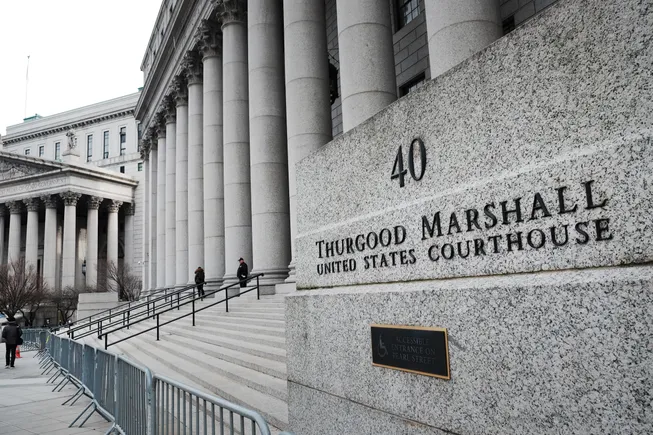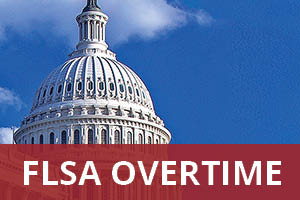By Edward Venning, Managing Partner at Six Ravens Consulting.
Not for the first time, an interventionist Secretary of State stands ready to help English universities. Not surprisingly, every item in her agenda – from regional engagement to business models – will place conditions of ‘wide-scale reform’ upon universities.
We should reasonably worry. Not because of Bridget Phillipson, but because we have traded away our self-determination for years.
The debate about autonomy has a certain monotheistic quality. Everyone agrees autonomy is the rock upon which knowledge is built, while vigorously sinning against it. Different governments tie finance to reform, as with Phillipson, or attempt the oxymoron of regulating academic freedom. Meanwhile, universities accept cash with strings attached from government, major donors and international students. Government generally cops the blame for this too, while we appeal to inalienable protections in the Higher Education Reform Act (HERA).
But autonomy is not absolute or inviolable. It is not determined by functional independence or private status. It is a behaviour. It comes from actively managing a complex web of power relationships and trade-offs while protecting our control over key functions. It is built through organisational design, concerned with incentives, accountability and dynamic relationship management. The more robustly we design, the less likely our autonomy will be tested.
As nations have found throughout history, autonomy is far from inalienable. Anton Muscatelli points out that this complex negotiation requires constant attention and re-calibration. It must be promoted through the active management of three forces:
- to comply with state direction and societal expectation;
- to conform with sector and industrial norms; and
- to copy each other’s strategies.
The three forces are not in themselves good or bad for autonomy. A minimal level of regulation protects the student interest. Good standards add value. Some strategies deserve emulation. They are forces for good to the extent to which we use them to improve our engagement with the world. These forces become toxic through neglect, uncritical or anticipatory compliance and inept execution.
And our approach to university autonomy could certainly do with an upgrade. The defensive case is given a thorough outing by James Tooley and John Drew, in Cry Freedom: The regulatory assault on institutional autonomy in England’s universities (2024). In this entertaining beasting of the Office for Students, they draw invidious comparisons between what the regulator is supposed to do and what it actually does. They devastate Susan Lapworth’s claim that institutional autonomy can be overridden. Only a lawyer might improve (or rebut) their analysis of regulatory overreach, even if the reader wonders what, short of class action, would induce DfE and OfS to accept their recommendations.
The sector shackles itself
Equally, a fair-minded judge would accept that the sector’s supine approach to autonomy undermines their case for change. Our surrender of autonomy to the state for money is part of a wider readiness to sell the pass in exchange for benefit.
No one can blame the government (or indeed any major industry or donor) for offering a Faustian pact. It is in their nature to seek control. Nor should universities be blamed for seeking patronage from the state, the market or indeed non-state actors. No one, as Jo Johnson recently argued in his report about the China question, would seriously suggest universities should disengage from the world. Instead, we need a robust, dynamic framework for engagement, exerting maximum self-determination in some areas while accepting constraints in others.
It is worth remembering that HERA busies itself with a single dimension of autonomy. This is founded on the precept of the ‘self-critical, cohesive community of scholars’. While of central importance, academic autonomy is one of four dimensions of autonomy recognised by the European University Association. The other three dimensions (organisational, financial and staffing) represent the soft underbelly of autonomy, absent the legitimacy of the academic.
We lack the toolkit to recognise and manage trade-offs across all four of the EUA’s dimensions. Regulatory interest in academic freedom is a clear-cut incursion on academic autonomy. The same is true of staff and student demands to end relationships with Israeli universities. Pressure on non-academic autonomy is often ostensibly internal. The University and College Union’s (UCU) Four Fights, #MeToo and Black Lives Matter have all successfully targeted the non-academic dimensions of autonomy. In fact, there is almost always a dynamic connection between internal and external forces. After all, the 1968 protests began with the right of male and female students to sleep together and ended by permanently altering university governance.
Away from the academic space, autonomy is lost in less obvious ways.
For example, universities cede considerable organisational autonomy through voluntary commitments to a wide range of charters, benchmarks and league tables. But each external assurance scheme concedes executive room for manoeuvre. Almost worse for a knowledge institution, they concede expertise to a third party. The schemes are regressive because they create a planning burden that small institutions cannot service. And the goalposts move without our input – all assurance schemes ratchet their criteria over time. Sometimes this means that compliance may seem tantamount to wishful thinking. Even critics get confused. At one point, the last government was simultaneously asking universities to leave some schemes (such as Stonewall’s famous Diversity Champions Programme and Athena Swan) and adopt others (such as the International Holocaust Remembrance Alliance (IHRA) definition of anti-semitism).
Ganging up
Autonomy can be defined as a type of managed interdependence. It is possible to collaborate with third parties and still maintain self-determination. Indeed, this may be the only way most universities can achieve the scale necessary to confront the most monumental tasks.
Active, relational autonomy is central to effective partnership with government, industry and civil society in complex, interconnected challenges. For example, some of the biggest bets in biotech and STEM have been made as joint ventures.
At the operational level, control over admissions and technology is rightly seen as foundational, and yet we are content for UCAS and Jisc to manage critical processes and infrastructure. Meanwhile, numerous universities have spent millions trying to build a proprietary full-stack online learning offer, while Silicon Valley spends billions on the same task. Arguably, our autonomy is weakest when we go it alone.
This will become increasingly pressing as stressed universities contemplate the possibility of forced merger. What mechanisms will sustain their autonomy, identity and distinctiveness in the arms of a bigger institution?
As shown by Gill Evans, much of the sector used to operate within much larger non-academic organisations, such as local government. Even the most autonomous parts of the sector were interdependent. The collegiate traditions of Oxford and Cambridge demonstrate how shared governance protects autonomy while enabling scale. Royal Charters were mostly awarded to institutions which were (then or subsequently) members of a bigger university. Group structures and formal partnerships between institutions provide varying degrees of freedom to their constituent parts, above a critical threshold of autonomy. These arrangements distribute risk and create safety in numbers, mitigating the hierarchy that makes some institutions more vulnerable than others.
Asserting autonomy
The sector needs more muscular collective action. Individual institutions struggle to resist pressure from regulators, funders and other stakeholders. A stronger sector voice could help establish red lines while engaging constructively with reform agendas.
As argued in my recent debate paper, the overall ability of the sector to exert its autonomy is low compared to other sectors. This has several solutions. We need to establish a strong, leadership body across the tertiary ecosystem, robustly managing the big picture on resource distribution and regulatory burden. We need more sophisticated uses of corporate form, not just the blunt instrument of M&A. But above all, we need to recover an assertive self-confidence.
Let’s be inspired by the private sector and our own history. The original English universities were guilds, muscular and monopolistic in behaviour. Commercial autonomy is not abstract or passive, nor does it derive in a mystical way from the capitalist impulse. It is a self-generating, assertive precondition for entering the market. If universities cannot make a positive case for self-determination, and are not inclined to exercise it, we cannot expect the government of the day – or anyone else – to respect our autonomy. Instead, we need dynamic, structured engagement with external and internal forces. Autonomy will be the result.



